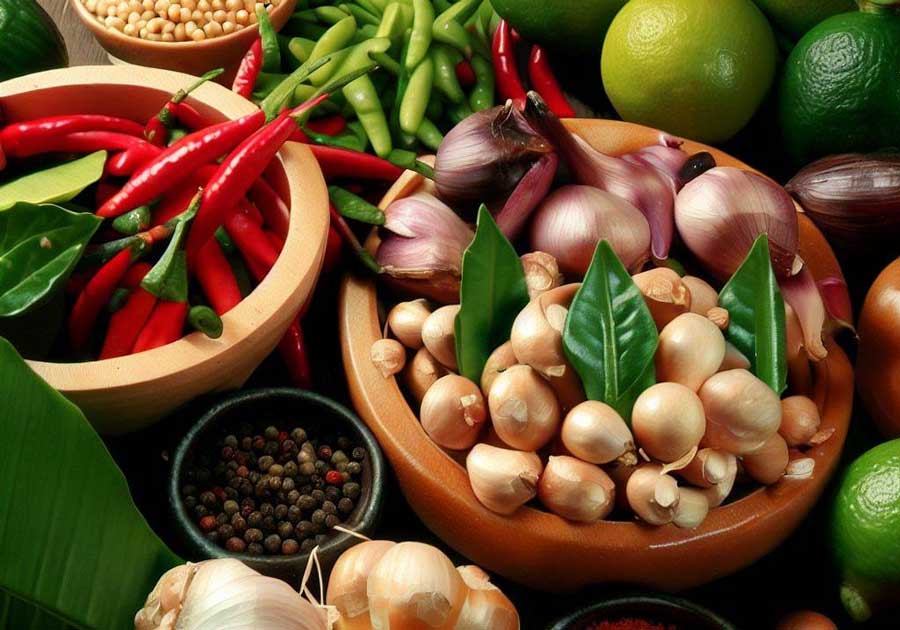These 20 Common Ingredients in Thai Food Are Essential For Thai Cooking
Thai cuisine is celebrated for its distinctive flavours and harmonious balance of sweet, salty, sour, and spicy elements. It relies on a variety of fresh ingredients, including aromatic herbs, spices, and essential components like fish sauce and coconut milk. These common ingredients in Thai food come together to create a diverse and tantalizing culinary experience, with each dish offering a unique blend of textures and tastes.
Thai cooking is a delicate art of harmonizing these ingredients to produce dishes that are both flavourful and visually stunning.
Fish Sauce (Nam Pla)
A vital element of Thai cuisine, fish sauce is made by fermenting fish with salt. It imparts a salty and savoury flavour to dishes and is often used as a seasoning or dipping sauce.
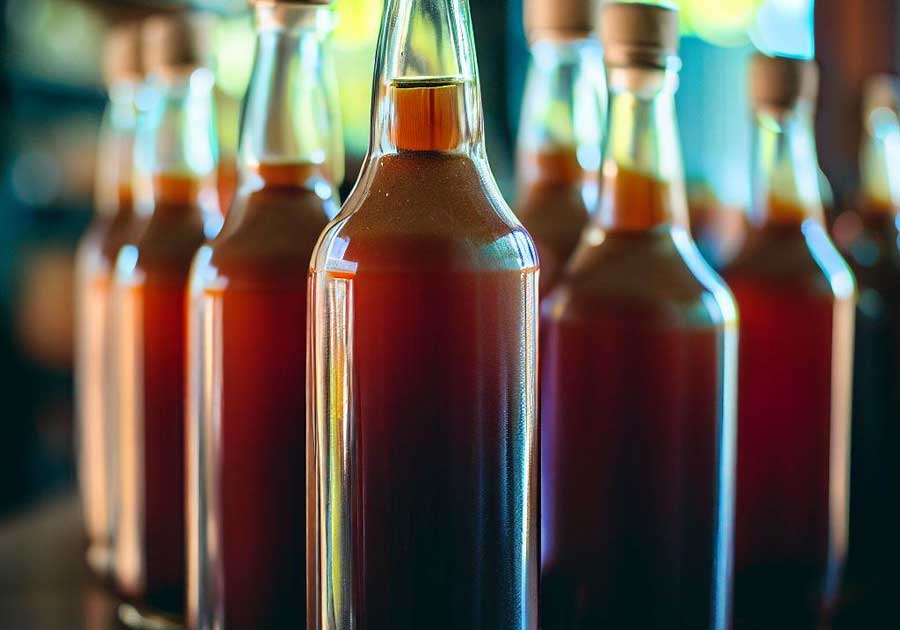
Coconut Milk (Kati)
Extracted from grated coconut flesh, coconut milk is creamy and rich. It’s a key ingredient in many Thai curries, soups, and desserts, adding a delightful tropical sweetness.
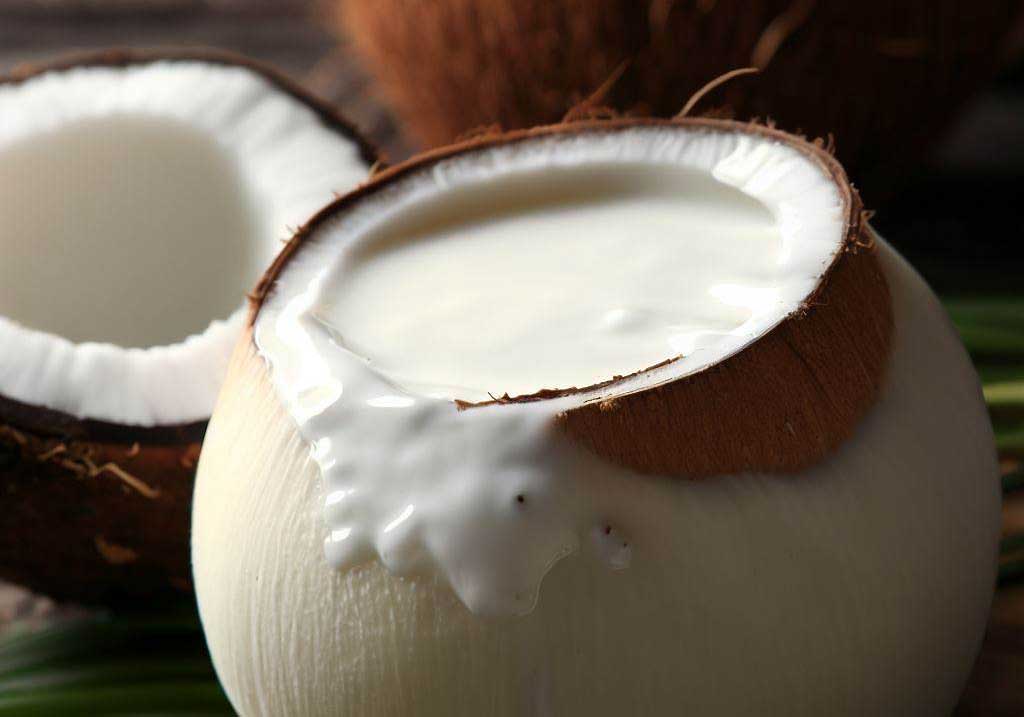
Lemongrass (Takhrai)
Known for its fragrant, lemony aroma and flavour, lemongrass is sliced or pounded and used to infuse broths, soups, and curries with a bright, citrusy note.

Galangal (Kha)
Galangal is a rhizome similar to ginger but with a more peppery and earthy taste. It’s a crucial component in many Thai curries and soups, lending depth and complexity.
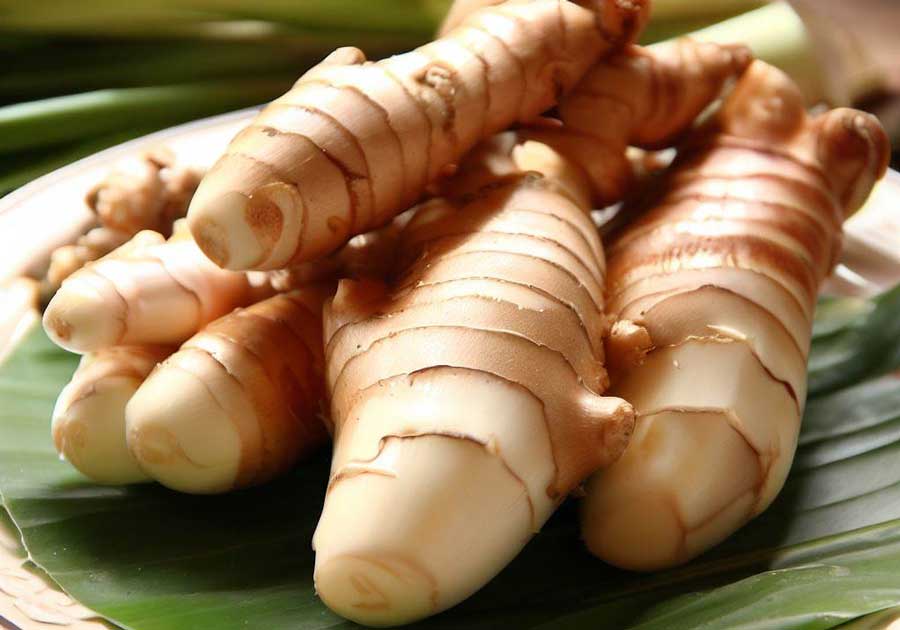
Kaffir Lime Leaves (Bai Makrut)
These uniquely shaped leaves have an intensely aromatic citrus flavour and are often torn or finely sliced and added to curries and soups for their distinctive essence.
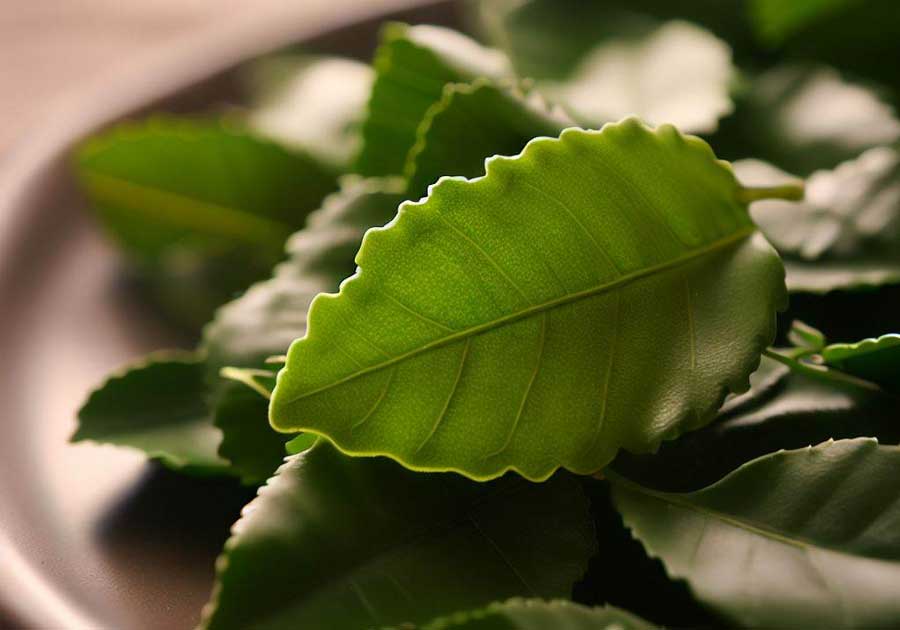
Thai Basil (Bai Horapa)
Thai basil is prized for its sweet, anise-like flavour with a hint of pepper. It’s an essential ingredient in dishes like Pad Krapow and Thai basil chicken.

Bird’s Eye Chili (Prik Kee Noo)
These small, fiery chillies are used to add a fiery kick to Thai dishes. Their heat level can vary, so use them sparingly for a spicy zing.
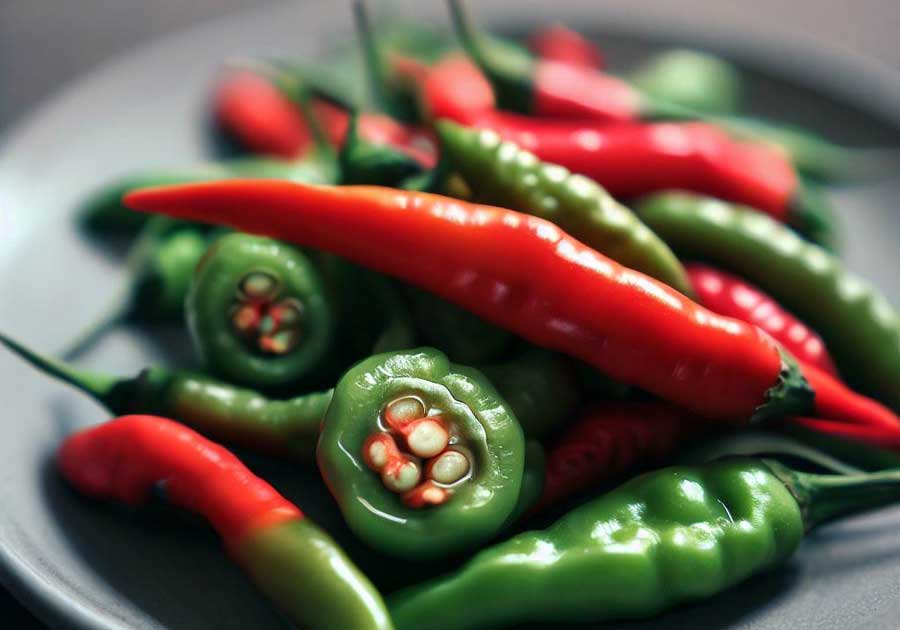
Palm Sugar (Nam Tan Peep)
Made from the sap of palm trees, palm sugar is a natural sweetener with a caramel-like flavour. It’s commonly used in Thai curries, sauces, and desserts.
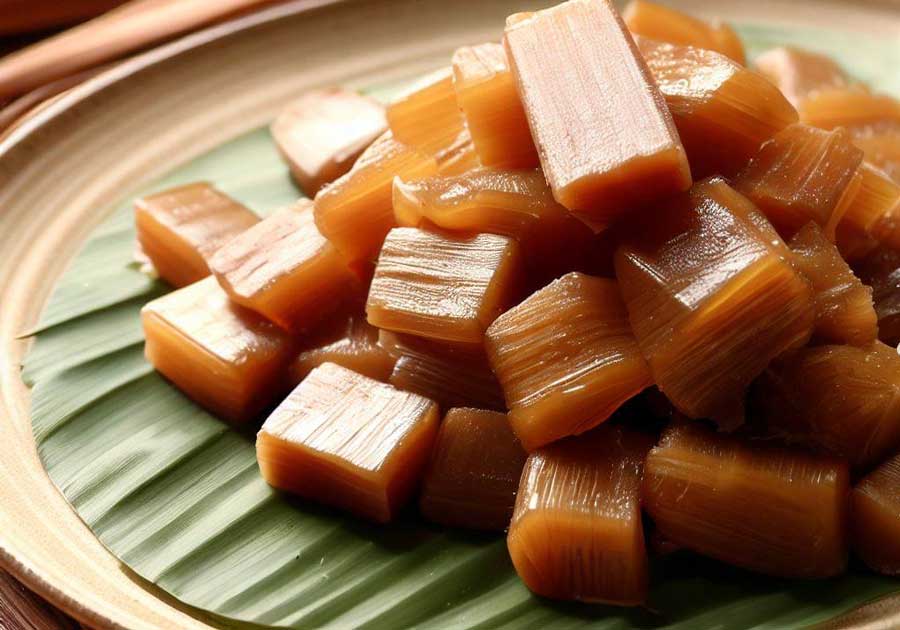
Cilantro (Pak Chee)
Cilantro leaves and stems add a fresh, citrusy note and are a common garnish for Thai dishes, providing a burst of green flavour and colour.

Shrimp Paste (Kapi)
This pungent condiment is made from fermented shrimp and salt. It’s used as a base in many Thai curry pastes like the famous green curry paste and dipping sauces, lending depth and umami.
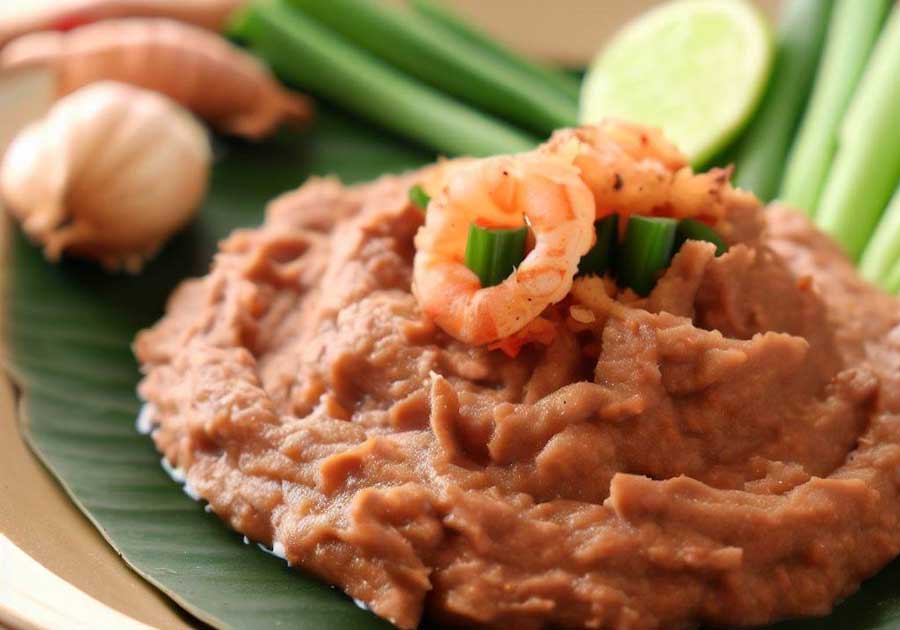
Tamarind Paste (Makham Piag)
Tamarind paste offers a tangy and slightly sweet flavour. It’s used in dishes like Pad Thai and various curries, as well as in soups and sauces.
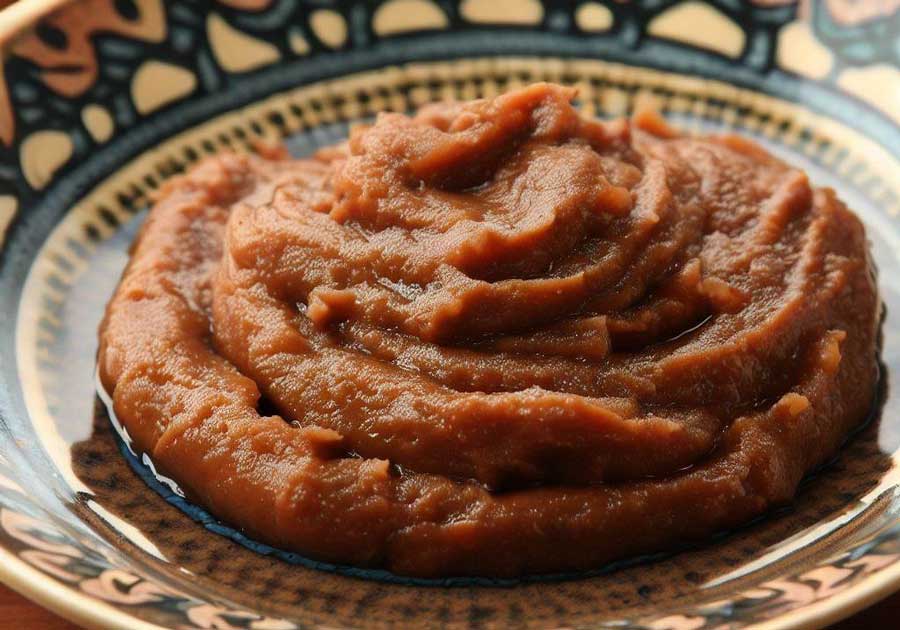
Garlic (Kratiem)
Garlic is a fundamental ingredient in Thai cooking. It’s used both fresh and fried to add a savoury depth of flavour to a wide range of dishes.

Onion (Horm)
Onions are often used in Thai stir-fries and curry pastes. They provide a mild, sweet flavour and add texture to various dishes.

Turmeric (Khamin)
Turmeric adds both colour and an earthy, slightly bitter taste to Thai dishes. It’s a key component of yellow curry paste and certain rice dishes.

Coriander Roots (Rak Pak Chee)
The roots of the coriander plant are used to enhance the flavour of curry pastes, adding a rich, herbal depth to the base.
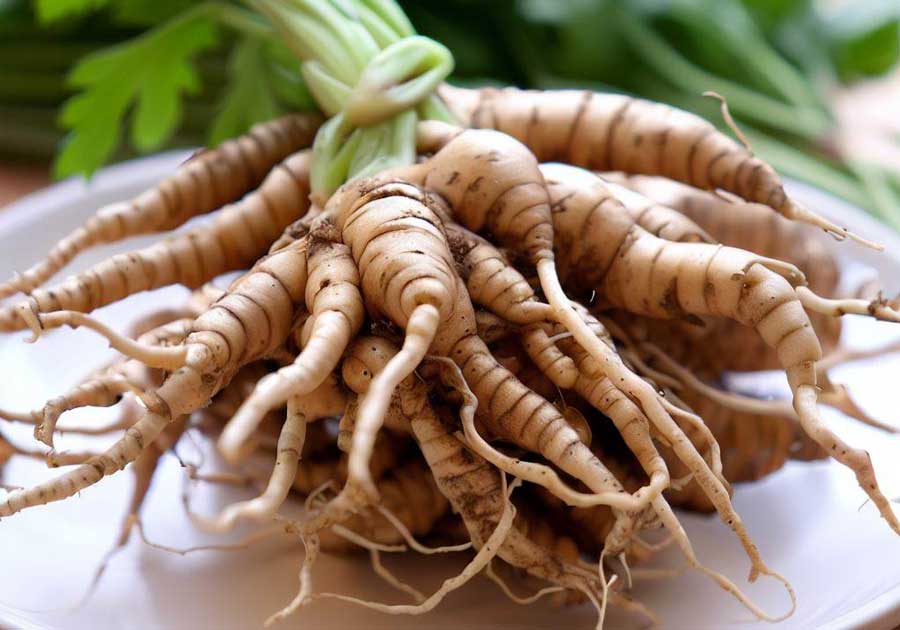
Lime (Manao)
Limes are used for their juice and zest to provide acidity and freshness to Thai dishes, whether in marinades, sauces, or as a garnish.
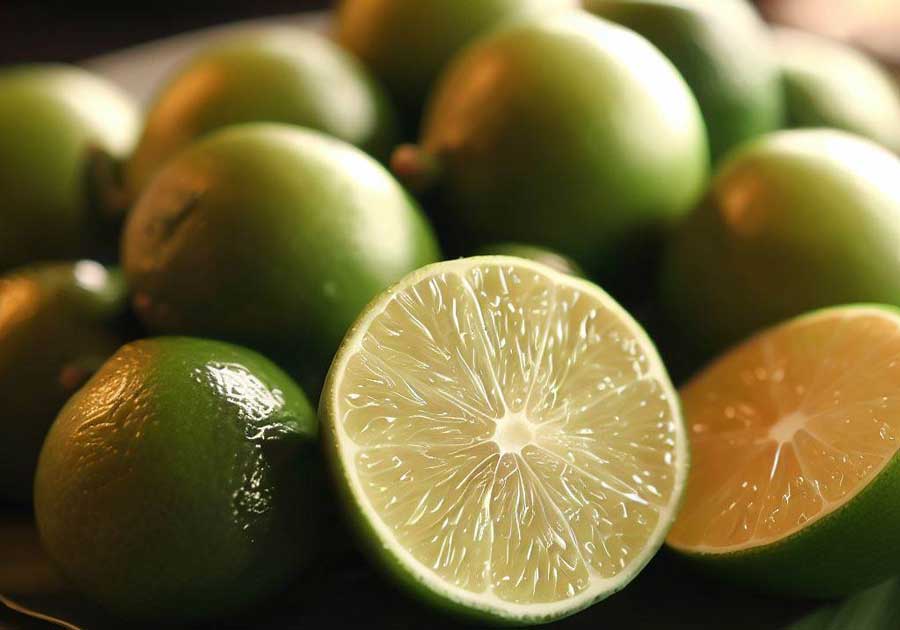
Shallots (Hom Daeng)
Shallots are smaller and milder than onions. They are frequently used in Thai salads, stir-fries, and curry pastes for their sweet and aromatic flavour.

Soy Sauce (Si-Iw)
While not native to Thai cuisine, soy sauce is often used to add a savoury, umami element to various dishes and sauces.
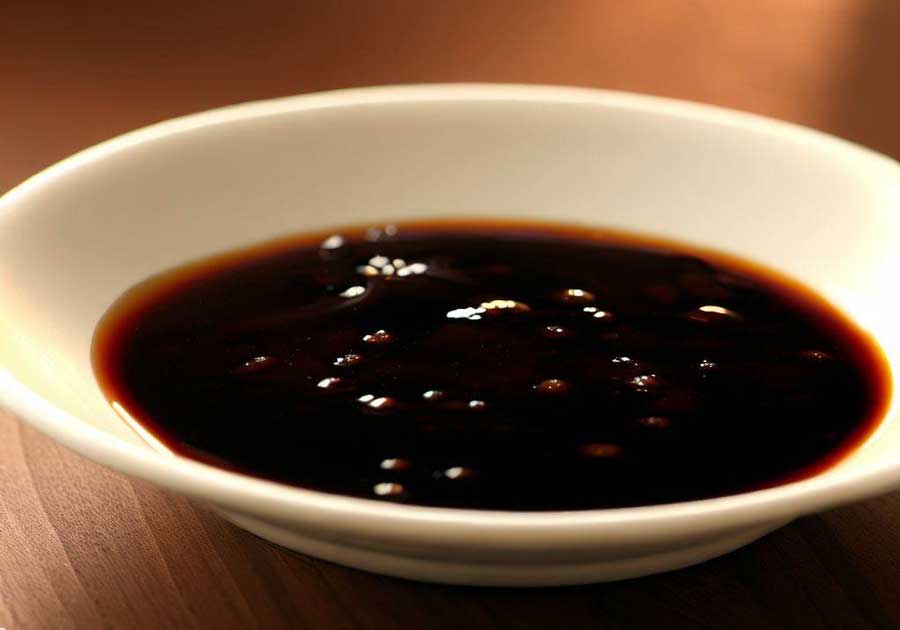
Jasmine Rice (Kao)
Thai Jasmine Rice is the staple of Thai cuisine, with steamed jasmine rice and sticky rice being the most common varieties used in various dishes and as side accompaniments.
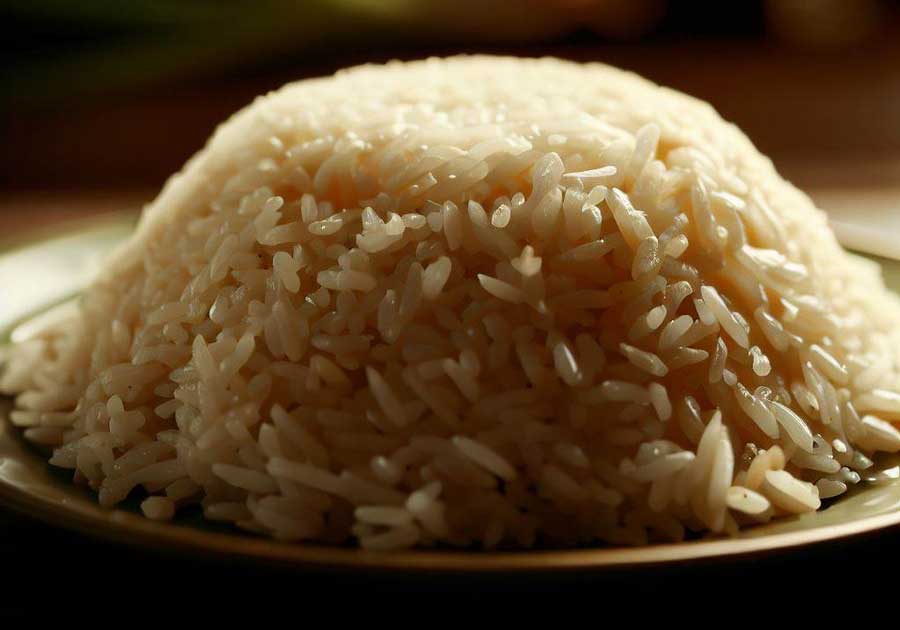
Egg (Kai)
Eggs are used in Thai stir-fries, noodles, and soups, and they’re often served as a topping or garnish to add protein and richness to dishes.

As we’ve explored these common Thai food ingredients, it’s as if we’ve taken a whirlwind trip through the bustling markets of Bangkok, the aromatic streets of Chiang Mai, and the exotic flavours of Phuket. Each ingredient, from the zesty lemongrass to the fiery chilies and the creamy coconut milk, tells a story of a vibrant culinary culture that’s as diverse as it is delicious.
But remember, dear food adventurer, Thai cuisine is more than just a list of ingredients; it’s an experience. It’s the sizzle of a hot wok, the aroma that fills the air, the explosion of flavours on your taste buds, and the camaraderie of sharing a meal with friends and family. So, whether you’re planning to whip up a homemade Thai feast or you’re headed to your favourite Thai restaurant, savour not just the ingredients but the joy, laughter, and memories that come with every bite.
Now, armed with this ingredient knowledge, go forth and conquer your kitchen, experiment, and create your own Thai culinary masterpieces. And as you do, don’t forget to sprinkle in a little adventure, a dash of fun, and a lot of love. Happy cooking, and may your Thai dishes always be filled with flavour, flair, and a touch of the extraordinary! 🌶️🍜🥥

